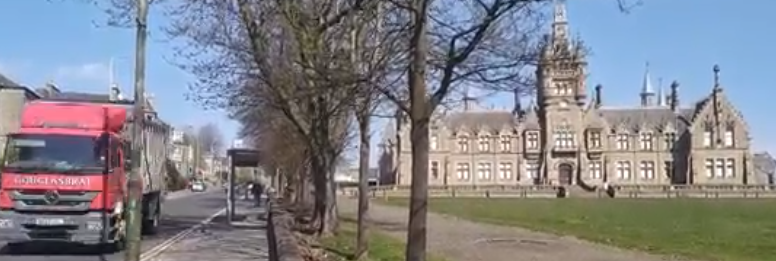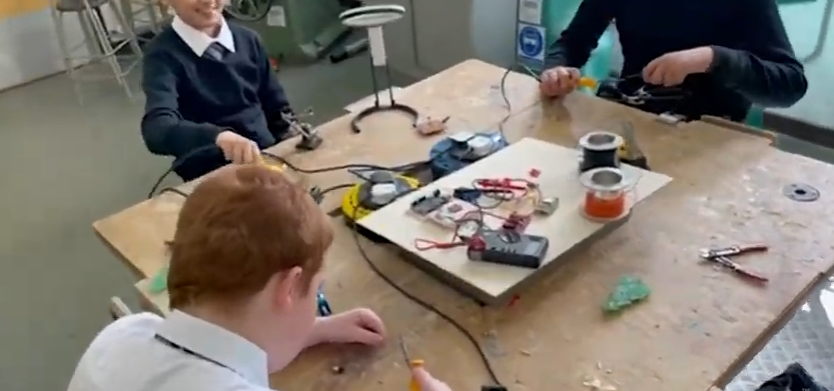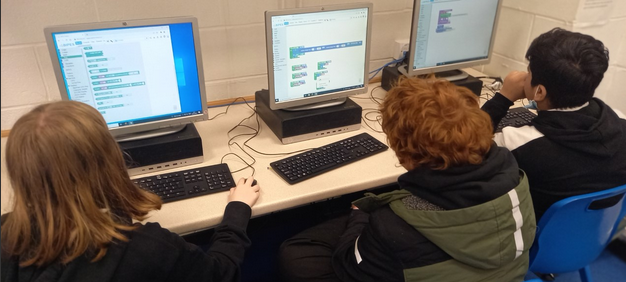Air Pollution Monitoring Station
Air Quality Monitoring Project
Back in 2019, the Morgan Academy Young Engineers Club was working on robotics projects, exploring engineering solutions using microcontrollers such as the Microbit, Arduino and using online tools to programme and connect motors, sensors and articulated structures.
(A summary of this article is available on the Royal Society's website)
With the help of members from DundeeMakerspace that are professionals from the local community, we were able to share ideas and explore trends in physical computing, electronics, and many other aspects of the maker movement.
Dundee is a city that does not seems particularly affected by air pollution as it is surrounded by woodlands and an estuary with the open sea on its doorstep, though it suffers from heavy road traffic as any major urban area, and with some factories still active.

The school has ample green areas with a large park right next to it, and were you driving a car you would not notice any major air pollution issues. But for those of us that walk or cycle to school, things are different. Two major roads surround the school and traffic is an issue: large lorries and buses are constantly passing by.


This is the reason we decided to present a project to the Royal Society with Dr David Martin from the University of Dundee. We will create a portable air pollution monitoring station, and gather our data to share with the local community, giving young people an opportunity to investigate further their knowledge of pollution and how it affects their neighbourhood.
We also wanted to make sure we could share our work with a larger audience using young people communication skills to raise awareness. This was greatly supported by the communication team at the Royal Society and the Tomorrow's Climate Scientist initiative. They went to great length to contact local media and politicians to maximise the impact of our work. For that occasion we produced this first video:
https://www.youtube.com/watch?v=afwaeJxfApI
Technical Challenges and Documentation
As part of the project, we have been building up on our knowledge and understanding of sensors and micro-controllers. With the support of James Bastone from DundeeMakerspace we were able to work with the latest RaspberryPi addition: the Raspberry Pico, just out of Raspberry Pi PCB press in January 2021, a decision that was going to give young people the privilege to work with the latest technology available, with a brand new, simple and trouble free online interface BIPES. This fantastic new resources were to be deployed later on in the classroom and adapted to our Engineering Science curriculum.
Young people have engaged with the project and have found space to develop their own interests, either by building the station, coding the boards, creating communication materials, such as video and voice recording, researching air pollution resources online, collecting and analysing data.



We have made the code available online here:
https://github.com/hilltownstobswelltech/pico-pollution-sensor
Project information on the Royal Society website:
The station version 1.0

The station version 1.1
Exploring Data
Air quality index parameters we have measured so far: Small Particles PM2.5 and Large Particles PM10
The future is bright
The resources created in this project will be used with other schools and organisations in the local community. we have more information about our local technology educators network here: